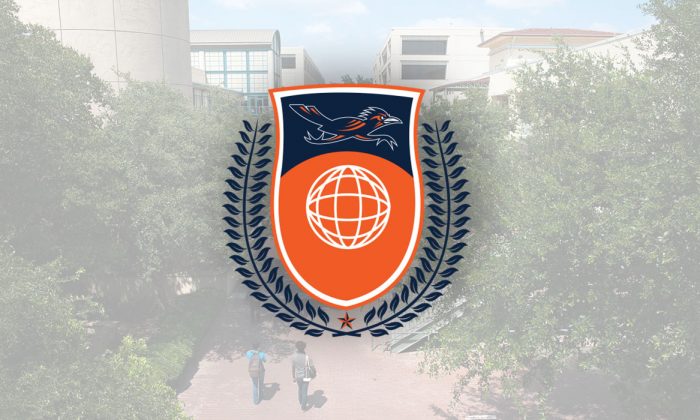Managing complex behaviors is not a “one-size-fits-all” task. It is a skill that is developed with experience and the proper knowledge. According to data from the U.S. Department of Education’s Office of Civil Rights, students with developmental disabilities such as autism were seven times more likely to be restrained than their neurotypical peers.
“The restraint can really affect people,” said Samantha Perez, a UTSA graduate student. “It feels like a punishment when you can’t move your body. People have died from restraint.”
UTSA researchers in the Behavior Analysis program are sharing their knowledge and skills in de-escalation to reduce the need for restraints, especially during encounters involving first responders.
“The way people are trained in de-escalation strategies does not always work for individuals with autism and intellectual developmental disabilities.” — Leslie Neely
“The way people are trained in de-escalation strategies does not always work for individuals with autism and intellectual developmental disabilities,” UTSA researcher Leslie Neely said. “A lot of our patients were interacting with first responders in a way that was unproductive.”
Research conducted by UTSA doctoral student Kimberly Cantu-Davis and Perez have contributed to this effort. Both were former educators who experienced complex behaviors in the classroom firsthand.
Cantu-Davis worked with adults with autism to learn about behavioral tendencies when they felt overstimulated. Many of them say they felt uneasy when they found themselves in a tense environment with first responders.
“They were scared in the moment,” Cantu-Davis said. “They’re not able to verbalize and say, ‘just give me a moment.’”
Cantu-Davis and Neely pinpointed factors that typically led to escalating behaviors among these adults, such as not giving enough personal space, talking too much to them, touching too much and not giving time for the situation to dissipate on its own.
“These are all behaviors that would potentially calm you down,” Neely said. “But for somebody who has a sensory sensitivity or has a communication delay, this is so stressful. Then they are restrained, and they’re confused and don’t know what’s happening.”
Neely and Perez took the feedback from autistic adults and developed a tailored training for community settings, incorporating de-escalation strategies in local school districts such as San Antonio ISD, the Autism Treatment Center and Morgan’s MAC.
“It’s our third year working with Morgan’s MAC staff on this protocol. Feedback is great,” Neely said. “They’ll email me saying, ‘I tried it, and it worked!’”
Next, Neely and her students will incorporate this blueprint to provide helpful training for first responders and law enforcement officers. While there are special trainings for first responders currently available, the need to serve the San Antonio community takes a collective effort.
“First responders should be given trainings on disabilities and what they could look like,” Cantu-Davis said. “Then they can go into a situation without putting themselves and the other individual in danger.”
Among those next steps is providing tools to simulate real-world experience in law enforcement situations. The UTSA researchers hope to use augmented reality and virtual reality to get feedback in real time.
“We are trying to figure out what systems we can integrate into—what is already existing,” Neely said. “We are working with researchers from Southern Methodist University, led by Adel Alaeddini, to design a solution to work within the system that a majority of law enforcement officers use.”
The value of simulating these situations is crucial for the training process. It provides the necessary experience to make judgment calls that provide safety for all those involved and lead to positive long-term effects.
“Behavior is a form of communication. It’s about giving people with developmental disabilities a better experience and keeping you, as the individual who’s engaging with them, safe. We’re creating a safer environment for all,” Cantu-Davis said.



